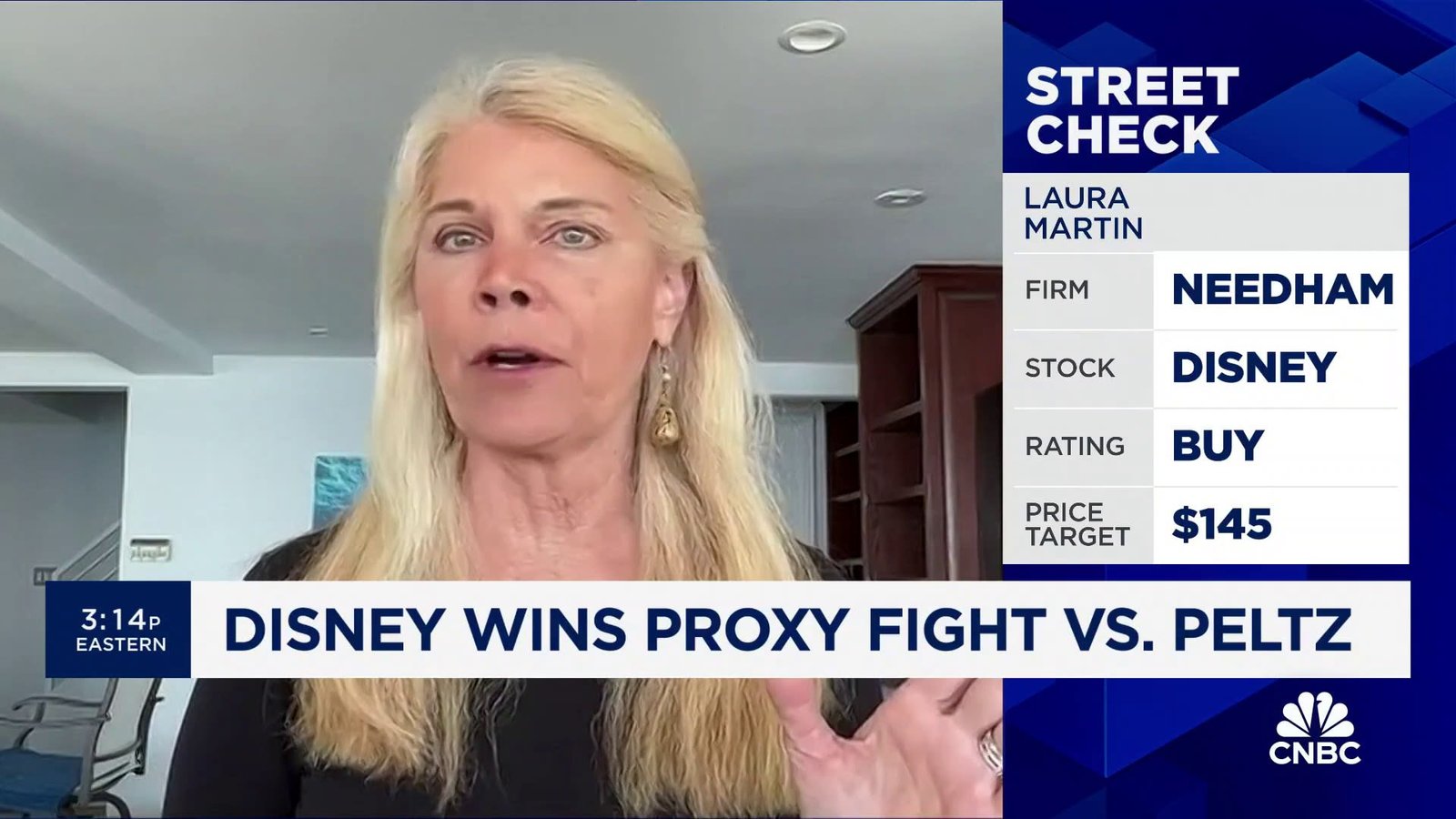
It’s been a whirlwind for Nvidia (NASDAQ: NVDA) shareholders over the past year or so. Recent developments in the field of artificial intelligence (AI) have been a game changer for the company. The company’s graphics processing units (GPUs), which were originally developed to generate realistic images in video games, have become the gold standard for generative AI, catapulting Nvidia into the stratosphere. Since the start of last year, the stock has surged nearly 800%.
As a result of its soaring stock price, the company unveiled plans for a 10-for-1 stock split on May 22, pushing the stock to new heights. Since the announcement, the stock has climbed 25%, adding nearly $1 trillion to its market cap. The stock split was completed earlier this week, and in its wake, investors are rightly wondering what’s next.
Let’s take a look at the markets Nvidia serves, what opportunities remain, and how this might impact the company now that the stock split is in the rearview mirror.

Back to where it all began
While AI is getting all the attention right now, it’s important to step back to where it all began. Nvidia invented the GPU in 1999, which revolutionized the gaming industry.
Before its introduction, graphics cards produced images that were simple and rudimentary. GPUs represented a paradigm shift in the gaming industry, thanks to parallel processing, which can perform a magnitude of mathematical calculations simultaneously. These resulted in images that were much more complex and lifelike, ushering in a new era in the gaming industry.
There’s been no lack of competitors, but Nvidia continues to lead the industry it pioneered. In the first quarter of 2024, it had a dominant 88% share of the discrete desktop GPU market, according to Jon Peddie Research.
The gaming industry has been in a historic slump over the past couple of years, weighed down by the economic downturn and the ongoing battle with inflation. The amount of pent-up demand is palpable, which will likely result in a significant upgrade cycle over the next few years.
It’s estimated that the global video game market will climb from $248 billion in 2023 to $665 billion by 2033, according to Precedence Research. As the leading provider of GPUs for gaming, Nvidia is poised to reap the benefits of that growth.
Artificial intelligence isn’t new
While generative AI made a splash last year, AI has been around for decades. In fact, Nvidia CEO Jensen Huang saw the writing on the wall and focused the company’s resources on developing cutting-edge AI solutions for machine learning back in 2013. It turned out that the parallel processing that helped render lifelike images in video games worked equally well at speeding the process of AI training and inference, and Nvidia pivoted to embrace this emerging technology.
That early move was prescient. Nvidia is the undisputed leader for chips used in machine learning, with a dominant 95% of the market, according to New Street Research.
Nvidia’s expertise in developing state-of-the-art AI processors set the stage for the company’s current unbridled success in the generative AI market. In its fiscal 2024, ended Jan. 28, Nvidia’s data center segment, which includes AI processors, surged 217% to $47.5 billion.
The vast majority of generative AI processing occurs in data centers, and estimates suggest Nvidia controls 92% of the data center GPU market, according to IoT Analytics.
Data centers have been scrambling to upgrade their capabilities in order to accommodate the growing demand for generative AI, resulting in unprecedented demand for Nvidia’s high-end AI processors. It’s unlikely that the company will continue to generate triple-digit growth for much longer, but that doesn’t diminish the opportunity that remains.
The vast majority of generative AI processing occurs in data centers, and the industry is in the midst of one of the biggest upgrade cycles ever, according to Bank of America analyst Ruplu Bhattacharya. He estimates that the market will grow at a compound annual rate of 50% over the next three years. This suggests that the data center upgrade cycle will continue, which will continue to benefit Nvidia.
It’s still early days for the adoption of generative AI. One of the more conservative estimates comes courtesy of Bloomberg Intelligence, which puts the size of the generative AI market at $1.3 trillion by 2032, up from just $40 billion in 2022. That represents a compound annual growth rate of 42% and helps illustrate that Nvidia’s growth spurt is far from over.
There’s still much more to come
While the bulk of Nvidia’s sales currently comes from AI, data centers, and gaming, the company has been working on several other markets that could contribute meaningfully to its results in the future. The biggest of those is the auto segment, which develops solutions for the self-driving car market. While that market has yet to take off, it could be a game changer in the future.
CEO Jensen Huang has continued to push the boundaries of this technology, developing new and exciting use cases for the humble GPU and never slowing in its relentless pace of innovation. Last year, the company spent nearly $8.7 billion on research and development, or more than 14% of its total revenue. This has helped Nvidia stay light years ahead of the competition.
There is the matter of valuation, which has gotten a bit complicated. Nvidia currently trades for 49 times forward earnings, compared to a multiple of 28 for the S&P 500. Viewed in a vacuum, Nvidia stock appears to be prohibitively expensive, but it’s not really an apples-to-apple comparison.
Nvidia stock has grown more than 27,000% over the past decade, while the S&P 500 is up just 238%. Furthermore, when measured using the price/earnings-to-growth (PEG) ratio — which factors in the company’s triple-digit growth rate — Nvidia is remarkably cheap, with a multiple of less than 1, the standard for an undervalued stock.
Given the company’s multiple opportunities, industry-leading market position, and track record of growth, I would submit that Nvidia stock is a buy. For investors put off by the valuation, I would buy the stock on any signs of weakness.
Should you invest $1,000 in Nvidia right now?
Before you buy stock in Nvidia, consider this:
The Motley Fool Stock Advisor analyst team just identified what they believe are the 10 best stocks for investors to buy now… and Nvidia wasn’t one of them. The 10 stocks that made the cut could produce monster returns in the coming years.
Consider when Nvidia made this list on April 15, 2005… if you invested $1,000 at the time of our recommendation, you’d have $808,105!*
Stock Advisor provides investors with an easy-to-follow blueprint for success, including guidance on building a portfolio, regular updates from analysts, and two new stock picks each month. The Stock Advisor service has more than quadrupled the return of S&P 500 since 2002*.
*Stock Advisor returns as of June 10, 2024
Bank of America is an advertising partner of The Ascent, a Motley Fool company. Danny Vena has positions in Nvidia. The Motley Fool has positions in and recommends Bank of America and Nvidia. The Motley Fool has a disclosure policy.
Nvidia’s 10-for-1 Stock Split Is Over. Here’s What’s Next for the Stock. was originally published by The Motley Fool
EMEA Tribune is not involved in this news article, it is taken from our partners and or from the News Agencies. Copyright and Credit go to the News Agencies, email news@emeatribune.com Follow our WhatsApp verified Channel









